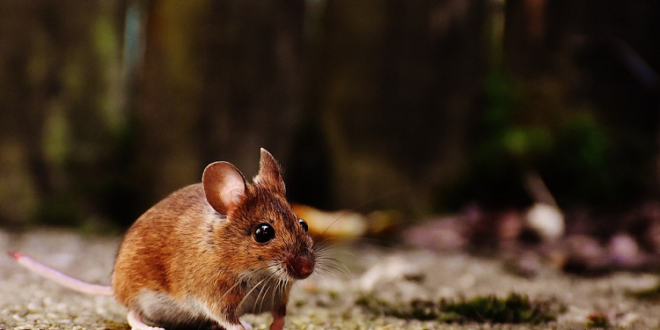Most of us have seen comedy films and cartoons depicting mice as lovable creatures. There’s Mickey Mouse, of course. Then you have films like An American Tail, Stuart Little, Ratatouille, and A Mouse Tail. You also have cartoons like Tom and Jerry.
Some people can’t help but think that mice are just misunderstood. But that still doesn’t negate the fact that mice can be dangerous for people living in a home. Mice infestation can hurt people and damage property. And that means you need proper pest control measures.
Sure, you don’t have to kill the mice. You can also go with a catch-and-release approach using the most effective humane mouse traps. You just have to make sure that you don’t release them too near to your home, or else they’ll come back. And you don’t want to release them near other people’s houses, as that’s just mean.
In case you still believe that mice (and rats) are just cute and cuddly creatures, here are some serious facts about the dangers these rodents pose.
Damage to Property
Cute as mice may be, but the damage they cause isn’t anything to smile about. They can cause structural damage to homes and buildings, due to their tendency to gnaw at just about everything.
They tend to chew on books, cloth, paper, and wood, along with anything they may find useful to build their nests. They will gnaw and burrow into your upholstered furniture or even into the seats of cars to create their hidden nest.
Insulation is a particular target. Rodents will tunnel into insulation inside your walls and attics. This is to either make a home, or to gather soft materials they need for their nests. These mice and rats may even chew on the insulation around wires, which then lead to house fires. It’s estimated that 20% of all fires with undetermined causes are actually caused by rodents.
They can get into electrical appliances as well. In fact, rodents have been known to gnaw on paintings, important documents, and even chewable family heirlooms.
Health Risks
This is perhaps the most serious risk. Rodents tend to leave their droppings all over the place. And the fecal matter can contaminate your food sources. In fact, when the fecal matter dries up, it’s even dangerous to breathe in.
The contamination of your food sources can lead to the spread of bacteria and viruses, and in the post-Covid world we really ought to take that seriously. Here are some examples of the diseases that can spread through rodent infestation:
The Black Death
Also known as the Bubonic Plague that raged from about 1347 to 1351, this is perhaps the most notorious pandemic of all time. The more recent Covid pandemic was horrendous, of course, with more than 6.15 million deaths so far.
But the Black Death was well-named, as it killed off about ⅓ of the entire population of Europe. That was 25 million people dead.
According to experts, the bubonic plague is typically spread by the bite of a rodent flea that’s infected by the plague bacteria. It results in painful swollen lymph nodes, along with fever and diarrhea.
A lot of people think that the plague is a disease of the past, but that’s not exactly true. From 2010 to 2015, there were 3,248 documented cases of the bubonic plague.
Hantavirus
This is actually a family of viruses, which can be spread by several types of mice. These mice include the cotton rat, deer mouse, rice rat, and the white-footed mouse, and these are just the mice that can be found in the US.
The viruses can cause several diseases, including:
- Hantavirus Pulmonary Syndrome. HPS is a severe respiratory disease that’s sometimes fatal. It’s spread mainly via rodent infestation.
- Hemorrhagic Fever with Renal Syndrome. This is a group of illnesses that include Korean hemorrhagic fever, epidemic hemorrhagic fever, and nephropathia epidemica. Symptoms can include vascular leakage, acute shock, and acute kidney failure.
Rat-Bite Fever
You can get this disease from direct contact with infected rodents, or by consuming the food and water contaminated by these infected mice and rats. The disease is also known as Haverhill fever when the source is contaminated food or water.
The initial symptoms start with a fever and a rash along with joint pain, muscle aches, and a headache. If it is not treated properly, it can be a serious problem—and it can even be fatal.
Salmonellosis
This is caused by the salmonella bacteria. It’s usually transmitted to people when they eat food contaminated by animal feces, such as mice fecal droppings.
In the US, there are about 40,000 cases of salmonellosis reported each year. But the more minor cases aren’t usually reported (or even diagnosed), so the real number of infections may actually be 1.2 million cases each year. The symptoms include diarrhea, abdominal pains and cramps, and a fever.
You still think they’re cute?
 HammBurg Be informed with latest news, reviews, entertainment, lifestyle tips, and much more.
HammBurg Be informed with latest news, reviews, entertainment, lifestyle tips, and much more.




